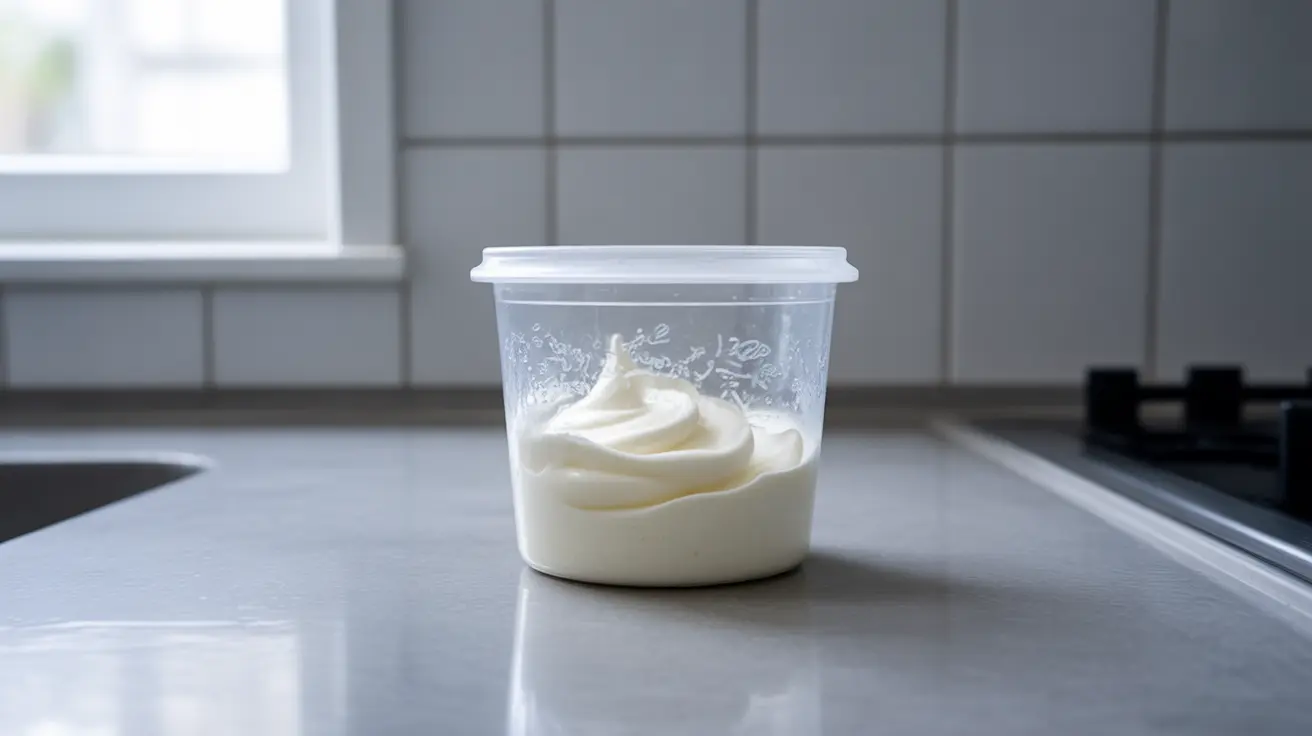Deciding to quit cannabis use is a significant step toward improving your physical and mental well-being. While some people may choose to stop abruptly, learning how to stop smoking weed gradually can be a more manageable approach for many users, especially those who have developed a regular consumption pattern over time.
A gradual approach to cannabis cessation allows your body and mind to adjust more comfortably to the changes, potentially reducing the intensity of withdrawal symptoms while building sustainable habits that support long-term sobriety. This comprehensive guide will walk you through proven strategies, timeline expectations, and coping mechanisms to help you successfully transition away from cannabis use.
Understanding Cannabis Withdrawal and Why Gradual Cessation Works
When you stop using cannabis after regular consumption, your endocannabinoid system needs time to readjust to functioning without external THC input. This adjustment period can trigger various physical and psychological symptoms, making a gradual reduction approach beneficial for many individuals.
Unlike abrupt cessation, tapering down your cannabis use allows your brain chemistry to slowly adapt to lower THC levels. This method can help minimize withdrawal discomfort while giving you time to develop healthy coping strategies and establish new routines that don't revolve around cannabis use.
Creating Your Personal Cannabis Reduction Plan
Developing a structured plan is essential for successfully reducing your cannabis consumption. Start by honestly assessing your current usage patterns, including how often you consume cannabis, the amounts you typically use, and the situations that trigger your desire to use.
Document your consumption for one week without making changes, noting times, amounts, and emotional states. This baseline information will help you identify patterns and create realistic reduction goals. Consider factors such as work schedules, social commitments, and stress levels when planning your tapering timeline.
Setting Realistic Milestones
Break down your reduction journey into manageable phases. For example, if you currently use cannabis daily, your first milestone might be reducing to every other day for two weeks, then moving to twice weekly, and eventually reaching your desired frequency or complete abstinence.
Each milestone should feel challenging but achievable. Setting unrealistic goals can lead to frustration and increase the likelihood of returning to previous usage patterns.
Managing Withdrawal Symptoms During Gradual Reduction
Even with a gradual approach, you may experience some withdrawal symptoms as your body adjusts to reduced cannabis intake. Common symptoms include changes in sleep patterns, mood fluctuations, decreased appetite, mild anxiety, and occasional irritability.
These symptoms typically peak within the first few days after reducing your intake and generally subside within one to two weeks. Understanding that these experiences are temporary and normal parts of the process can help you maintain motivation during challenging moments.
Physical Symptom Management
To address physical withdrawal symptoms, focus on maintaining consistent sleep schedules, even if sleep quality is initially affected. Regular exercise can help improve mood, reduce anxiety, and promote better sleep. Light activities like walking, yoga, or swimming can be particularly beneficial during the early stages of reduction.
Stay hydrated and maintain nutritious eating habits, even if your appetite is reduced. Small, frequent meals can help stabilize blood sugar levels and support overall well-being during the transition period.
Strategic Approaches for Reducing Cannabis Consumption
Several proven strategies can support your gradual reduction journey. One effective approach involves switching to cannabis products with lower THC concentrations, allowing you to maintain familiar routines while reducing the psychoactive effects.
Another strategy focuses on timing adjustments. If you typically use cannabis throughout the day, try limiting consumption to evening hours only, then gradually reducing the amount and frequency of evening use.
Environmental and Social Modifications
Remove cannabis and related paraphernalia from easily accessible locations in your home. This simple step creates a barrier that requires intentional effort to use, giving you time to reconsider decisions in moments of craving.
Consider temporarily adjusting your social activities if they heavily involve cannabis use. Seek out friends and activities that don't center around substance use, and be honest with supportive people in your life about your reduction goals.
Developing Effective Coping Strategies
Building a toolkit of healthy coping mechanisms is crucial for managing cravings and emotional challenges during your reduction journey. Mindfulness practices, such as deep breathing exercises and meditation, can help you observe cravings without automatically acting on them.
Develop alternative activities for times when you would typically use cannabis. This might include creative hobbies, physical exercise, social activities, or relaxation techniques like reading or listening to music.
Professional Support Options
Consider seeking support from healthcare professionals, particularly if you experience significant anxiety, depression, or other mental health concerns during your reduction process. Counselors specializing in substance use can provide personalized strategies and ongoing support.
Support groups, either in-person or online, can connect you with others going through similar experiences. Sharing challenges and successes with peers who understand your journey can provide valuable motivation and practical advice.
Timeline Expectations for Cannabis Cessation
The timeline for successfully reducing or eliminating cannabis use varies significantly among individuals, depending on factors such as duration of use, frequency, potency preferences, and personal circumstances. Most people begin noticing positive changes within the first few weeks of consistent reduction.
Physical withdrawal symptoms typically resolve within two to four weeks, while psychological adjustments may take longer. Sleep patterns often improve within a month, and many people report increased mental clarity and emotional stability after six to eight weeks of reduced use.
Long-term Success Strategies
Maintaining your progress requires ongoing attention to the strategies and lifestyle changes that supported your reduction journey. Continue engaging in the healthy activities and coping mechanisms you developed during the process.
Regular self-assessment can help you stay connected to your motivations for reducing cannabis use. Celebrate your achievements and be patient with yourself if you experience setbacks – they're a normal part of the recovery process rather than failures.
Frequently Asked Questions
What are the withdrawal symptoms I might experience when quitting weed gradually?
Common withdrawal symptoms during gradual cannabis cessation include sleep disturbances, vivid dreams, mild anxiety, irritability, decreased appetite, and occasional mood swings. You might also experience slight tremors, sweating, or restlessness. These symptoms are typically less intense with gradual reduction compared to abrupt cessation and usually peak within the first few days of reducing your intake.
How long does it take to stop experiencing withdrawal symptoms after quitting cannabis?
Most physical withdrawal symptoms resolve within two to four weeks of beginning your reduction process. Sleep patterns typically normalize within three to four weeks, while psychological symptoms like anxiety or mood changes may take four to six weeks to fully stabilize. Individual timelines vary based on factors such as previous usage patterns, overall health, and the speed of your reduction schedule.
What is the SMART method for creating a plan to quit smoking weed gradually?
The SMART method involves creating goals that are Specific, Measurable, Achievable, Relevant, and Time-bound. For cannabis cessation, this might mean setting a specific reduction schedule (Specific), tracking your daily usage (Measurable), reducing consumption by realistic amounts (Achievable), aligning goals with your personal motivations (Relevant), and setting clear deadlines for each reduction phase (Time-bound). This structured approach helps maintain focus and track progress effectively.
Can switching to lower THC cannabis strains help me quit smoking weed more easily?
Yes, transitioning to lower THC strains can be an effective strategy for gradual cessation. This approach allows you to maintain familiar routines while reducing the psychoactive effects and your body's dependence on high THC levels. You can progressively move from high-THC products to moderate-THC options, then to CBD-dominant strains, before eventually eliminating cannabis use entirely. This method helps minimize withdrawal symptoms while supporting your reduction goals.
What are effective coping strategies to manage cravings and anxiety when cutting back on cannabis use?
Effective coping strategies include practicing deep breathing exercises, engaging in regular physical activity, maintaining consistent sleep schedules, and developing new hobbies or interests. Mindfulness meditation can help you observe cravings without acting on them, while social support from friends, family, or support groups provides encouragement during challenging moments. Creating structured daily routines and removing cannabis-related items from your environment also support successful reduction efforts.




